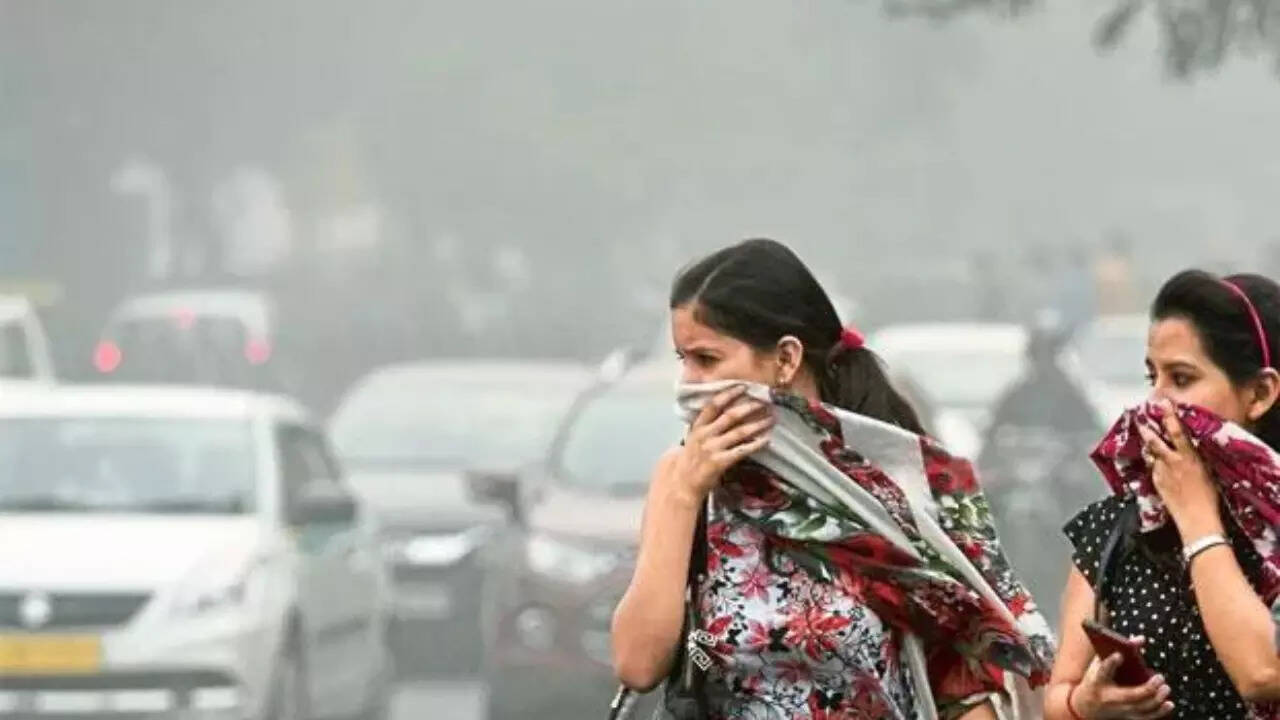ARTICLE AD BOX

Lung cancer, a type of cancer that originates in the lungs, has long been synonymous with smoking. It occurs when cells in the lungs grow uncontrollably and form tumors, potentially interfering with the lungs' ability to function properly.
These tumors can also spread to other parts of the body. Lung cancer is a leading cause of cancer-related deaths worldwide.If we look at the recent past, an alarming number of non-smokers are now being diagnosed with the disease.In recent years, oncologists and researchers have observed a growing trend: individuals with no history of smoking, sometimes even young, healthy adults, are developing lung cancer.What else, other than smoking, could be the culprit behind one of the deadliest cancers?Scientists are probing to find the answer to the pressing question, and here are the factors that have been narrowed down into so far.
The changing face of lung cancer
Traditionally viewed as a smoker’s disease, lung cancer has undergone a startling demographic shift. According to statistics provided by the American Cancer Society, up to 20% of lung cancer cases in the United States now occur in people who have never smoked. In some regions of Asia, this figure rises to nearly 50%, especially among women. This growing incidence among non-smokers has not only perplexed researchers but also reshaped the scientific approach to lung cancer research.

Risk factor #1: Air pollution (and fine particulate matter – PM2.5)
One of the most significant factors behind lung cancer is air pollution, especially fine particulate matter known as PM2.5. These microscopic particles, less than 2.5 micrometers in diameter. They can penetrate deep into lung tissues and even enter the bloodstream. Studies have found that long-term exposure to PM2.5 is strongly linked to the development of lung cancer, particularly in non-smokers.A 2022 study published in Nature by researchers at the Francis Crick Institute found that air pollution triggers pre-existing mutations in lung cells, acting as a catalyst for cancer development.
Unlike smoking, which causes mutations, air pollution may awaken already dormant mutations, essentially turning a dormant risk into an active disease.
Risk factor #2: Radon gas exposure
Radon is an odorless, colorless radioactive gas that occurs naturally from the decay of uranium in soil and rocks. It can seep into homes through cracks in foundations or walls, particularly in poorly ventilated basements. According to the US Environmental Protection Agency (EPA), radon is the second leading cause of lung cancer overall, and the leading cause among non-smokers in the United States.Prolonged exposure to radon increases the risk of lung cancer significantly, especially when combined with other environmental factors. Unfortunately, many people remain unaware of radon exposure because it's undetectable without specialized equipment.
Risk factor #3: Secondhand smoke
Now, this one’s a factor we keep on overlooking. Even if a person has never smoked, secondhand smoke can pose a serious health threat. Inhaling smoke from someone else's cigarettes exposes non-smokers to the same carcinogens as active smokers. The US Centers for Disease Control and Prevention (CDC) reports that secondhand smoke causes approximately 7,300 lung cancer deaths annually in non-smoking adults in the US alone.Children and spouses of smokers are at the highest risk due to prolonged indoor exposure, making it a persistent, yet preventable, risk factor.

Risk factor #4: Genetic susceptibility and mutations
Genetic predisposition also plays a critical role. Certain mutations in the EGFR (epidermal growth factor receptor) gene are far more common in non-smokers diagnosed with lung cancer. These mutations are particularly prevalent among Asian women and younger patients, suggesting a strong hereditary or ethnic component.Unlike smoking-related lung cancers, which often involve KRAS mutations, non-smoking-related lung cancers tend to respond differently to treatments. Fortunately, the presence of EGFR mutations has led to the development of targeted therapies that improve survival rates for affected individuals.
Risk factor #5: Indoor pollution from cooking fumes
In many developing countries, especially in parts of Asia and Africa, cooking with biomass fuels (like wood, charcoal, or dung) in poorly ventilated kitchens exposes individuals to harmful smoke and toxins. A 2020 study in The Lancet Planetary Health found that indoor air pollution is a major contributor to lung cancer risk, particularly among women who spend more time cooking at home.Oil fumes from high-temperature frying in non-ventilated kitchens have also been linked to increased cancer risk. Polycyclic aromatic hydrocarbons (PAHs), produced during frying, are well-known carcinogens.
Risk factor #6: Viruses and infections
Though still under investigation, researchers have begun to explore the role of viruses in triggering lung cancer among non-smokers.
Certain strains of human papillomavirus (HPV) and Epstein-Barr virus (EBV) have been detected in lung tumor samples, particularly in patients with no history of smoking. The exact mechanism remains unclear, but it’s hypothesized that these viruses may induce cellular changes that lead to tumor formation over time.
The importance of awareness
The rise in lung cancer among non-smokers calls for a broader public health approach. In 2025, according to the Lung Cancer Research Foundation, lung cancer remains a significant global health concern, projected to be the leading cause of cancer death worldwide.
Approximately 227,000 people are expected to be diagnosed with lung cancer in the US, while an estimated 125,000 lives will be lost.Because lung cancer is often diagnosed in later stages, especially in those not deemed high-risk (i.e., non-smokers), early screening and detection are critical. Several countries are now reconsidering screening guidelines to include long-term exposure to pollution or genetic risk as criteria.Additionally, raising awareness about environmental risks, promoting indoor air quality testing (for radon and other pollutants), and encouraging the use of clean cooking technologies can go a long way in reducing preventable cases.



.png)
.png)
.png)
















 1 day ago
6
1 day ago
6







 English (US) ·
English (US) ·